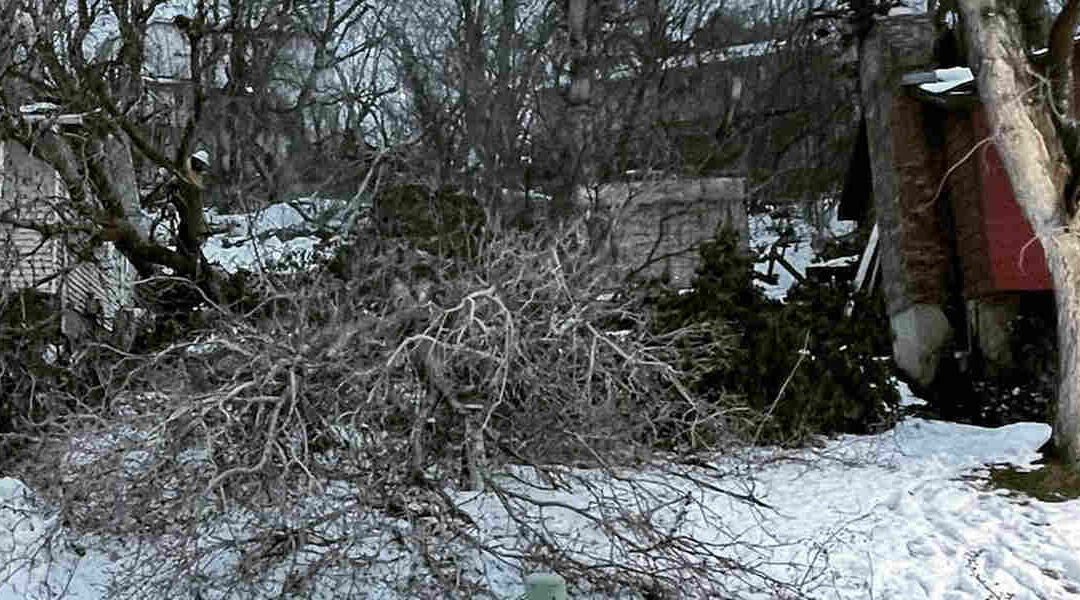Trees need water for various processes, from respiration to transportation and even photosynthesis. When your trees don’t get enough water, they become dehydrated, and you’ll often notice several negative side effects. Typical symptoms of underwatering include wilted, curled, or dead leaves.
Early leaf drop or untimely fall color also point to underwatering issues. Is it possible to reverse the effects of underwatering?
As a top-rated tree-cutting service with plenty of tree care experience, the Clean Cuts Trees professionals discuss the common causes of dehydration and highlight a few tips on how to save an underwatered tree.
Causes of Tree Dehydration
Trees in dry climates have a higher chance of suffering from dehydration. The soil around your tree prevents excess water loss, but if you live in a drought-prone area or have sandy soil, your tree can become dehydrated.
Different tree species will also dehydrate faster or slower than others. Some trees feature large or extensive root systems that allow them to retain or fetch water better than others.
Over-tending your trees may also cause dehydration because of poor drainage around the tree’s base or excess water that could cause root rot.
Saving an Underwatered Tree
Once you realize your trees aren’t getting enough water, the following techniques can help you save an underwatered tree:
Manual Watering
Water your tree every seven to ten days in the spring to summer months and every two weeks in the fall and winter. Generally, you want to give the tree an amount of water equal to its diameter (in inches) times five minutes of medium-intensity hose time.
Still wondering how to save an underwatered tree using this technique? For example, a tree with a diameter of three inches needs about 15 minutes of watering. You want to water deeply enough to moisten the entire root system at least two inches deep.
A hose or watering can will work well, but don’t let too much water accumulate on the bark.
Using a Drip Hose System
Drip hose systems work well for saving underwatered trees because they lend themselves to easy installation and deliver constant water over time.
Use a digging tool or auger around your trunk to locate the roots underground. Once you find the roots, make a hole in the soil large enough for the end of your soaker hose to fit snugly into place.
Finally, attach your hose to this opening and run it to your intended position on the lawn, about two inches away from the water source.
Trust Your Local Tree Experts for Help
At Clean Cuts Trees, our reputation speaks for itself. We work with our customers every step of the way, and that’s why they count on us for:
- Tree removal
- Tree trimming
- Storm clean up
- Municipal tree service
- Emergency tree damage
Call Clean Cuts Trees at (801) 473-7548 to schedule a free consultation for tree service in Fruit Heights, Utah, and the surrounding areas. Reach out for key tips on planting non-native trees or for more information on how to save an underwatered tree.



